FEATHERED GUESTS - IN THE CASPIAN
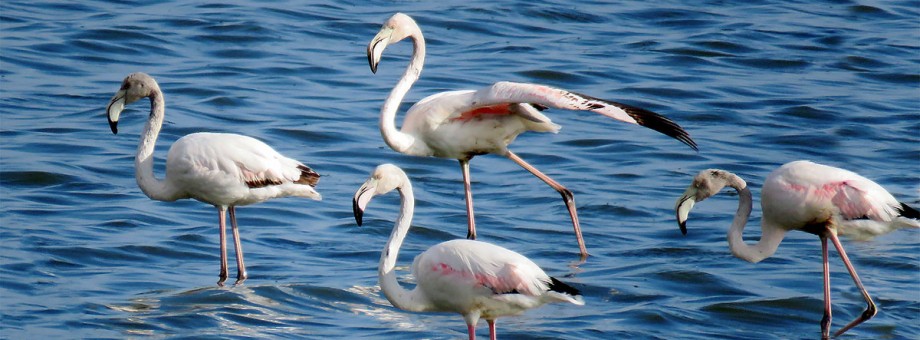
In the shallow sea, these large light-pink birds are standing in long rows. Their legs are longer than those of a crane, but they have swimming membranes, like those of a goose; the neck is longer and thinner than the swan's, the small eyes are white, and the beak is curved like a knee. Several kilometers of the seaside look pink where thousands of flamingos have settled down to rest. The crimson-red color of the wings, imperceptible from a distance, is striking when birds take off. Like fire runs through the flock when flamingos spread their wings, frightened by the appeared boat or hunter. Near the Turkmen coast of the Caspian Sea, about fifteen thousand flamingos winter every year.
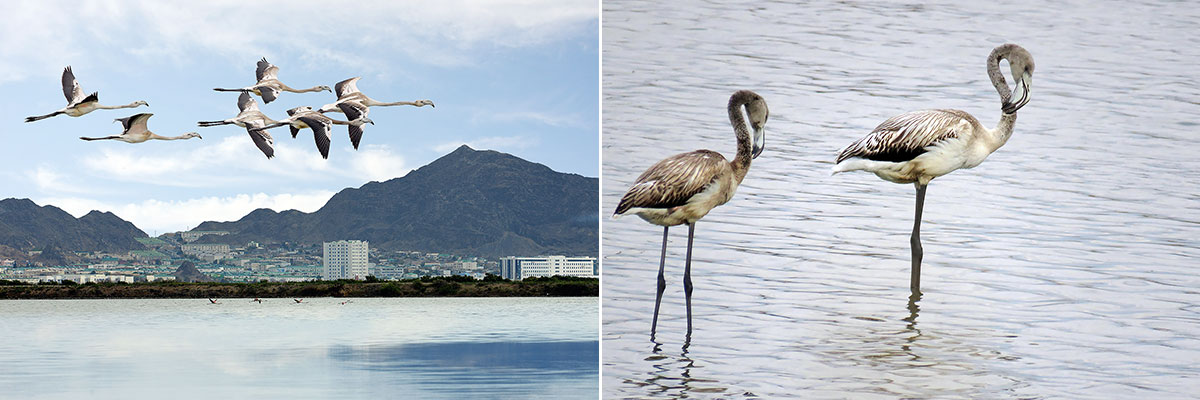
In the second half of October, residents of the city of Turkmenbashi witnessed a massive arrival of pink flamingos. Birds, entered in the Red Book of Turkmenistan and being the emblem of the Khazar state natural reserve, one of the first in the kingdom of birds opened the next autumn-winter season of arrival. Thousands of flamingos have painted the shallow waters of the bay in white and pink colors. Observations of the feathered guests of the Caspian region have shown that the past year has largely passed under the sign of flamingos. This means that beautiful birds were near the Turkmen coast in winter, in spring and autumn migration, and even stayed for the summer. Thus, it can be assumed that quite comfortable conditions for wintering, flying and summering of these amazing birds have developed in the Caspian region.
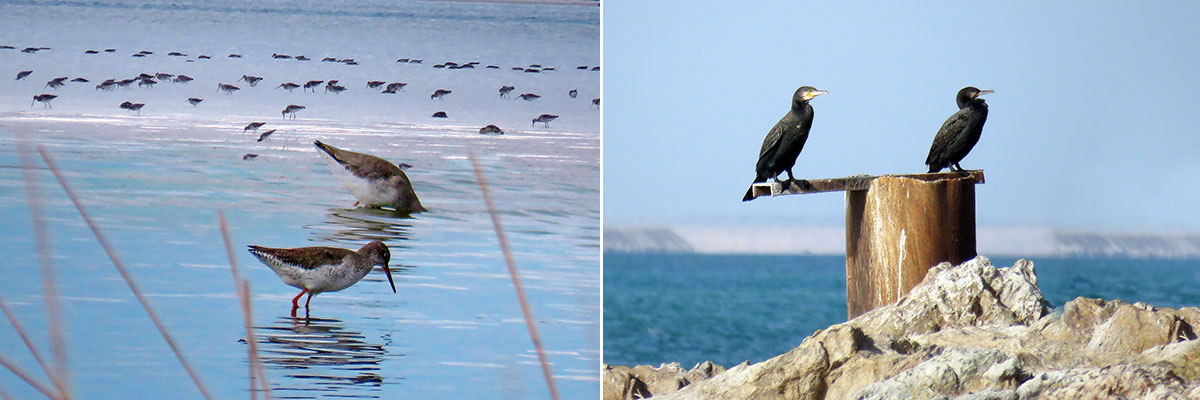
As early as mid-September, small insectivorous birds appear near the deserted shores of the Caspian: swallows, flycatchers, warblers, warblers. Flocks of these birds go further south - to the warm shores of the Persian Gulf, to the forests and savannas of Africa. Behind them fly flocks of waders - cautious long-nosed curlews, black-and-white stilts with exorbitantly long legs, variegated stylobeaks with a sharp beak bent upward, many small coves, sandpipers, stone-stones. On the muddy shoals of the sea shore, some waders stay for a long time, collecting shells and small crustaceans of amphipods, teeming among the scraps of algae thrown out by the waves. Turnstones, which nest on the coast of the Arctic Ocean and winters in southern Africa, are resting and gaining strength on the Caspian coast. The sultry, silent shores of the sea in summer come to life for most of the winter; millions of birds call them out. Flocks of diving ducks and coots sway in an endless black strip in the distance on the waves. When the white-tailed eagle, slowly flapping its huge wings, goes to the sea for its prey, flocks of ducks rise above the water, like a dark cloud, and the roar of their take-off is heard far away, like the noise of a large waterfall.

In November, the last guests arrive from the north: geese, geese and swans. Throughout the winter, over the seaside, over the mud and reeds, one can hear the loud cackling of geese, the scream of eagles, the whistling sound of the wings of flying ducks.
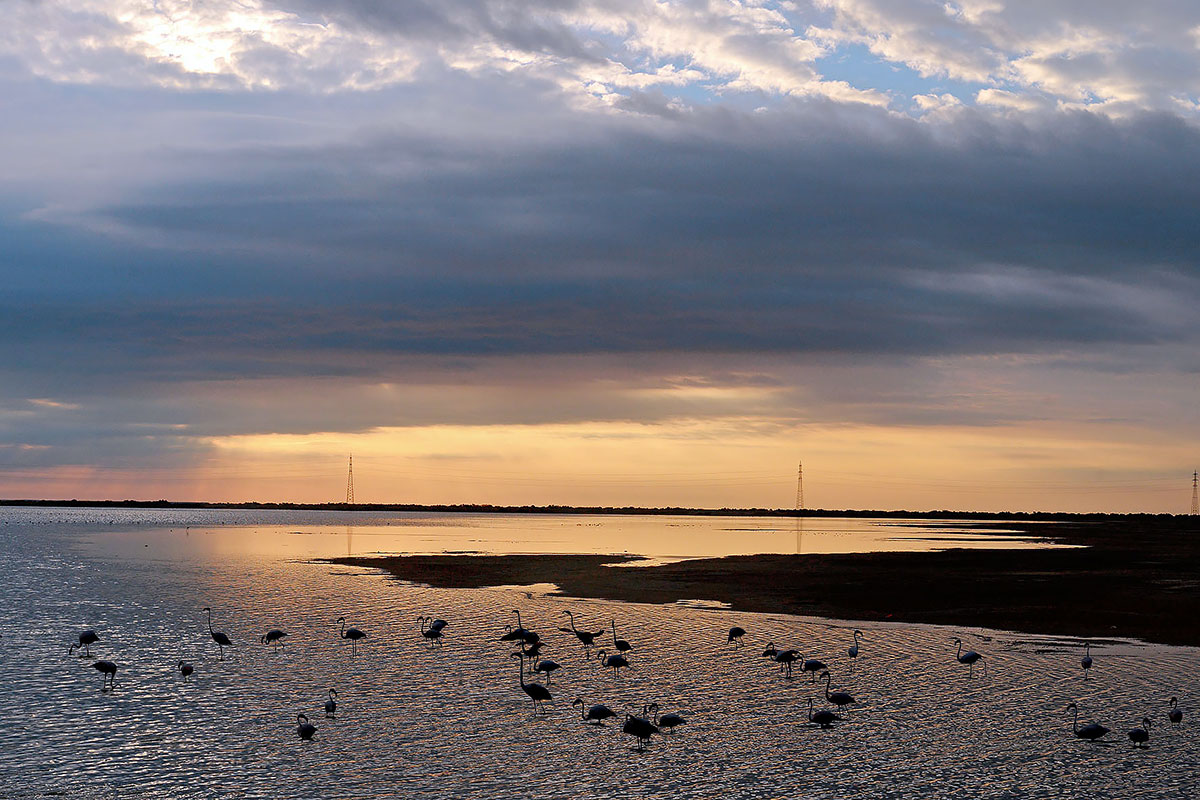
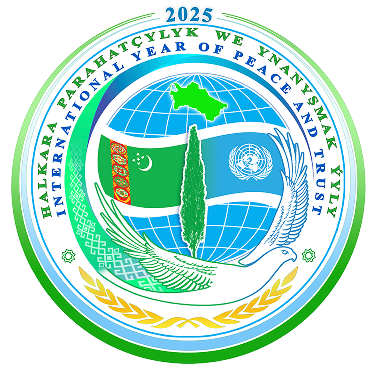

 NEWS
NEWS